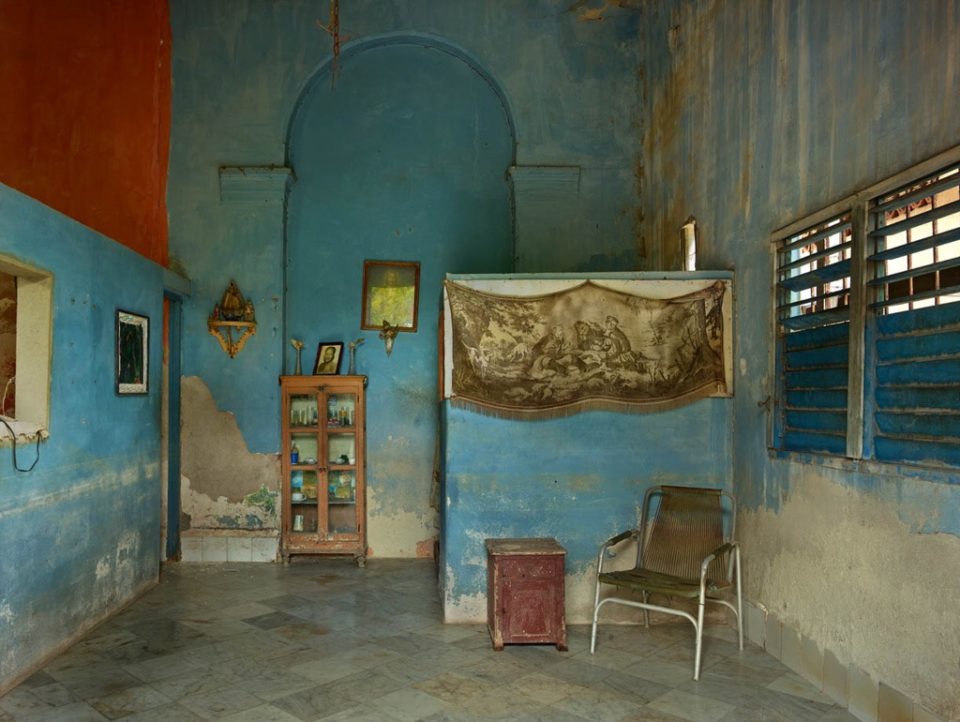There’s something extra eerie about places that are not quite abandoned just yet, but edging closer and closer to a prolonged death process. Relics of another time, these architectural remnants feel like physical connections to all the lives that passed through them, many of which have already met an end. Lacking any efforts to preserve or revive them, they slowly crumble, waiting for their inevitable demolition. Photographer Michael Eastman specializes in capturing such places on film in all their deteriorating glory.
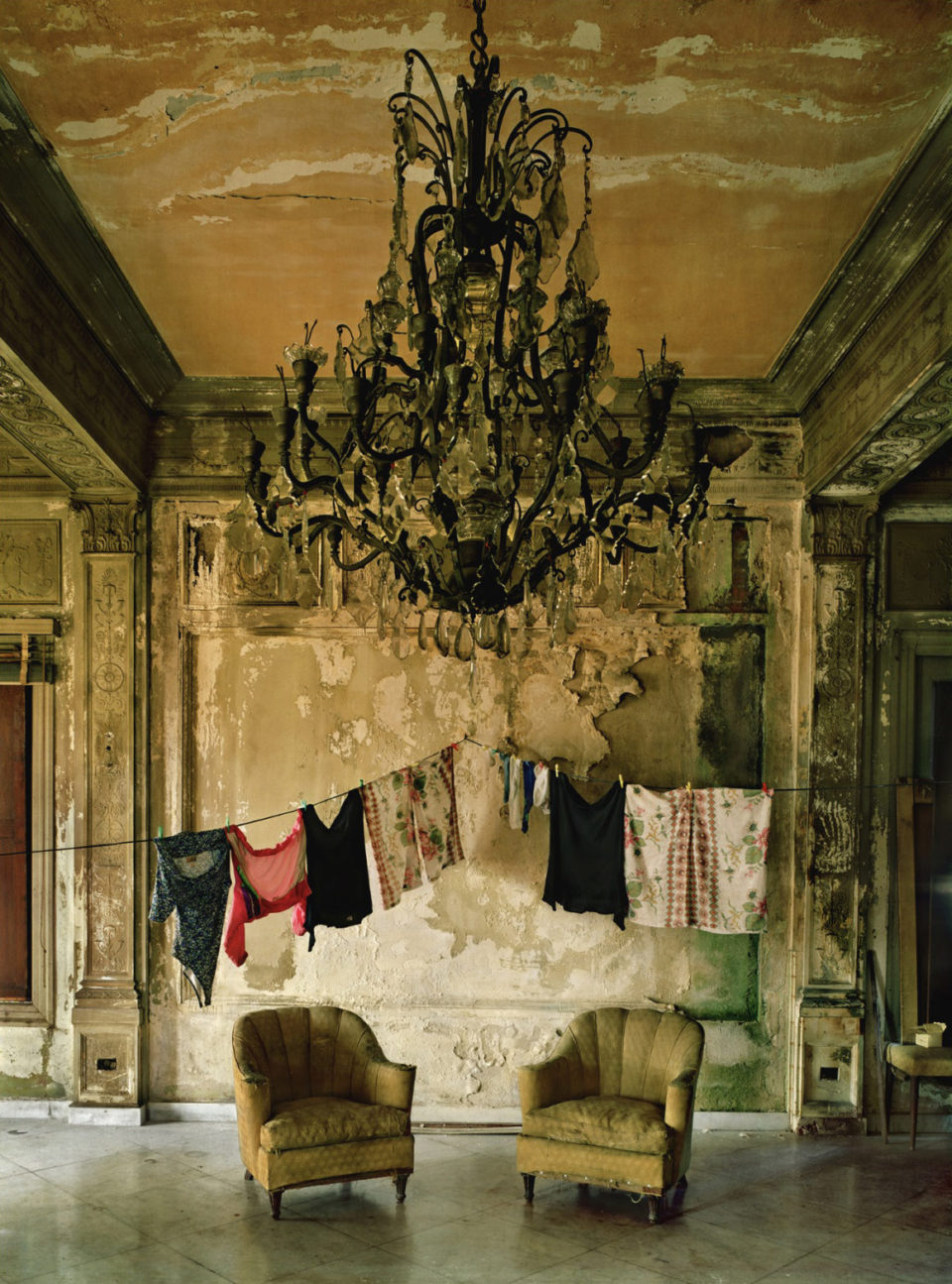
“These empty rooms are really portraits of the people that inhabited them,” says Eastman. “It’s for us as the viewer to figure out from the arrangement of the furniture, the things on the walls, the kinds of things that they’ve chosen to surround themselves with, the condition of the house, to kind of build our own portrait of who that is.”
The self-taught photographer has spent five decades documenting interiors and facades in cities like Rome, Paris, Havana and New Orleans – all of which happen to have similar qualities in terms of color, character and a rich sense of history. Chromogenic 4×5-inch film, a wide-angle lens and long exposure times allow Eastman to reproduce the vivid hues in each scene without the use of artificial light, resulting in painterly compositions that feel like you could step right into them.
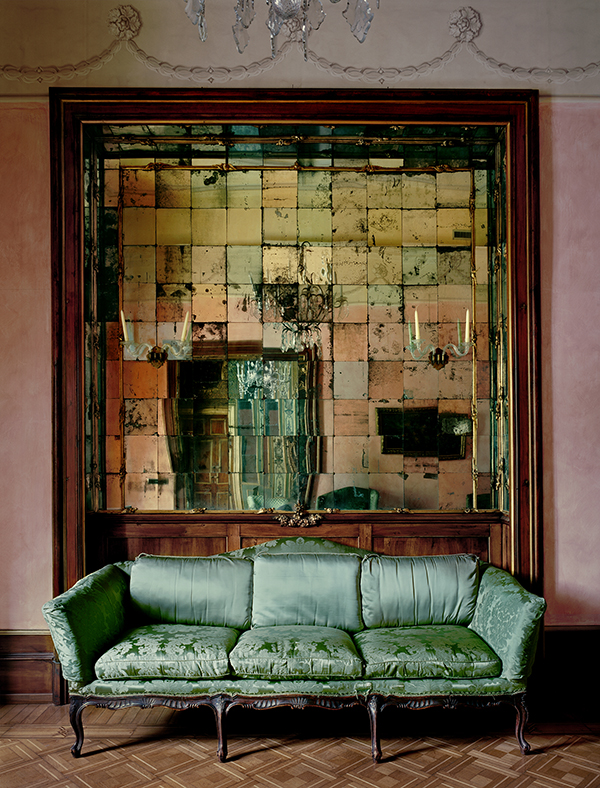
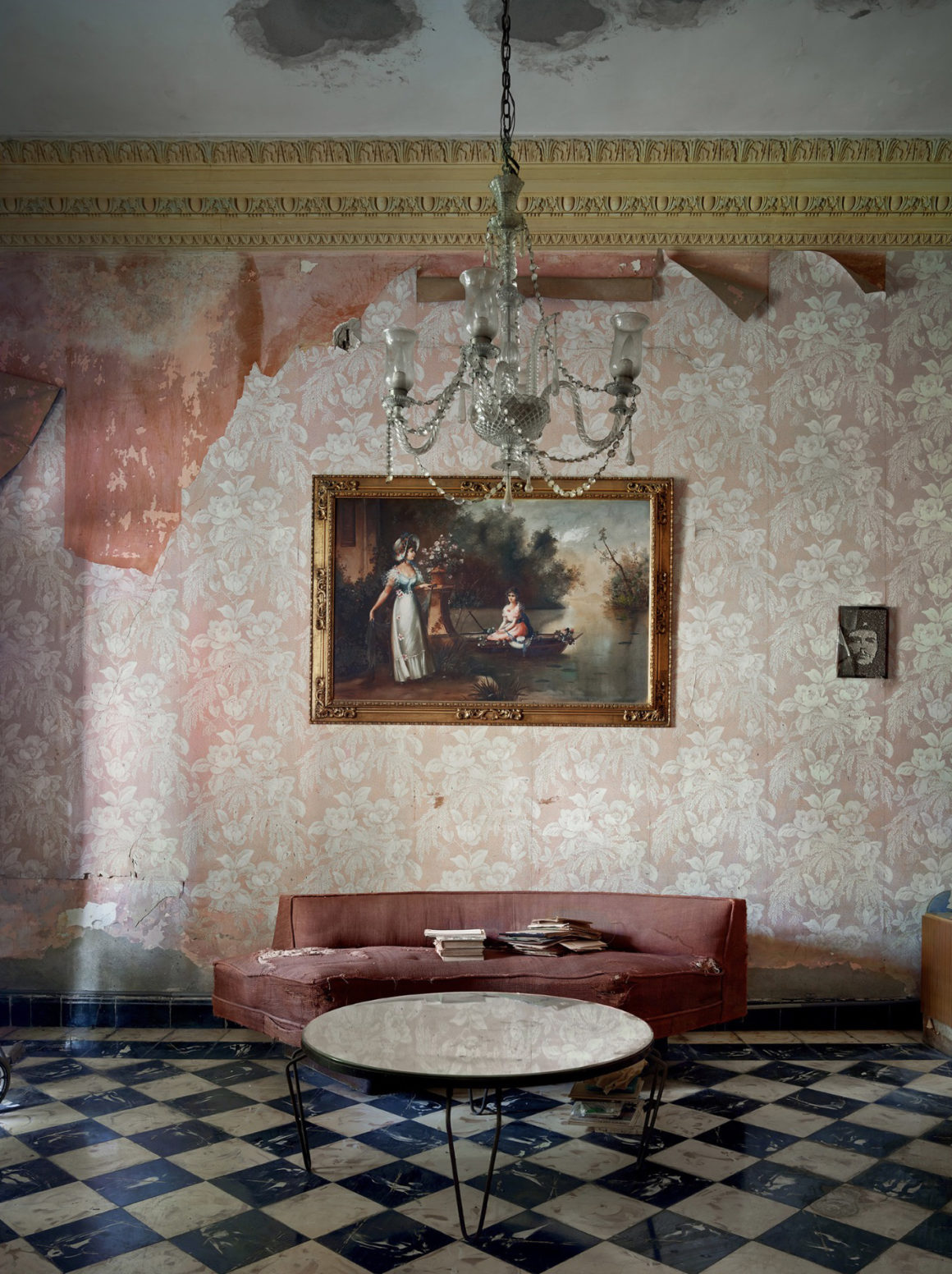
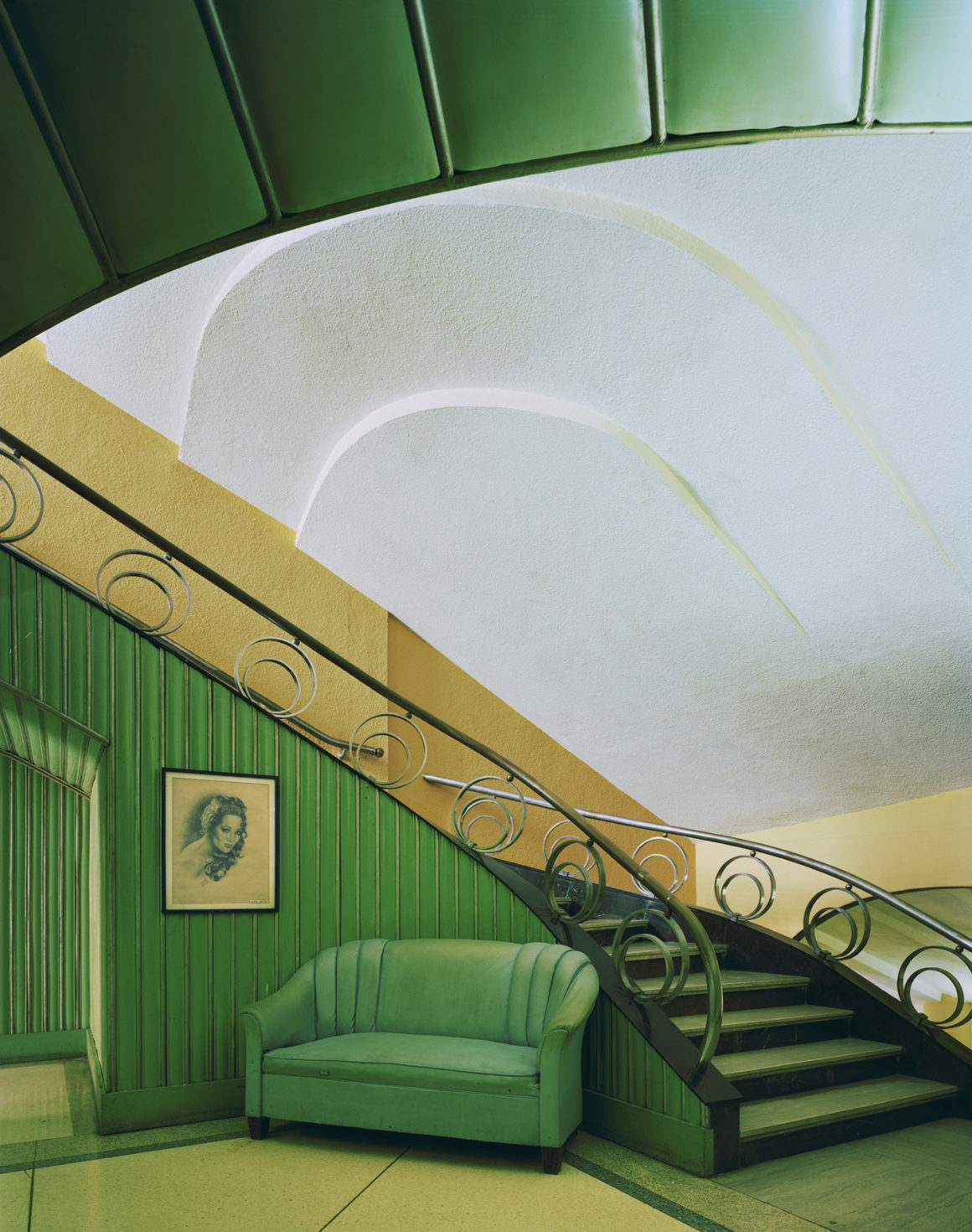
A selection of Eastman’s photographs are currently on display at the JL Modern Gallery in Palm Beach, Florida through February 23rd.
“In a historical sense, Michael Eastman’s work arises from a history of photographers renowned for their preservation of culture. Many of the buildings pictured will cease to exist; whether crumbling Beaux Arts or Colonial structures or ones that have become subsequently removed or renovated, Eastman’s work in Lisbon, Buenos Aires, and especially Havana, present an intimate yet distant portrait of a place and its history,” says JL Modern Gallery of the show.

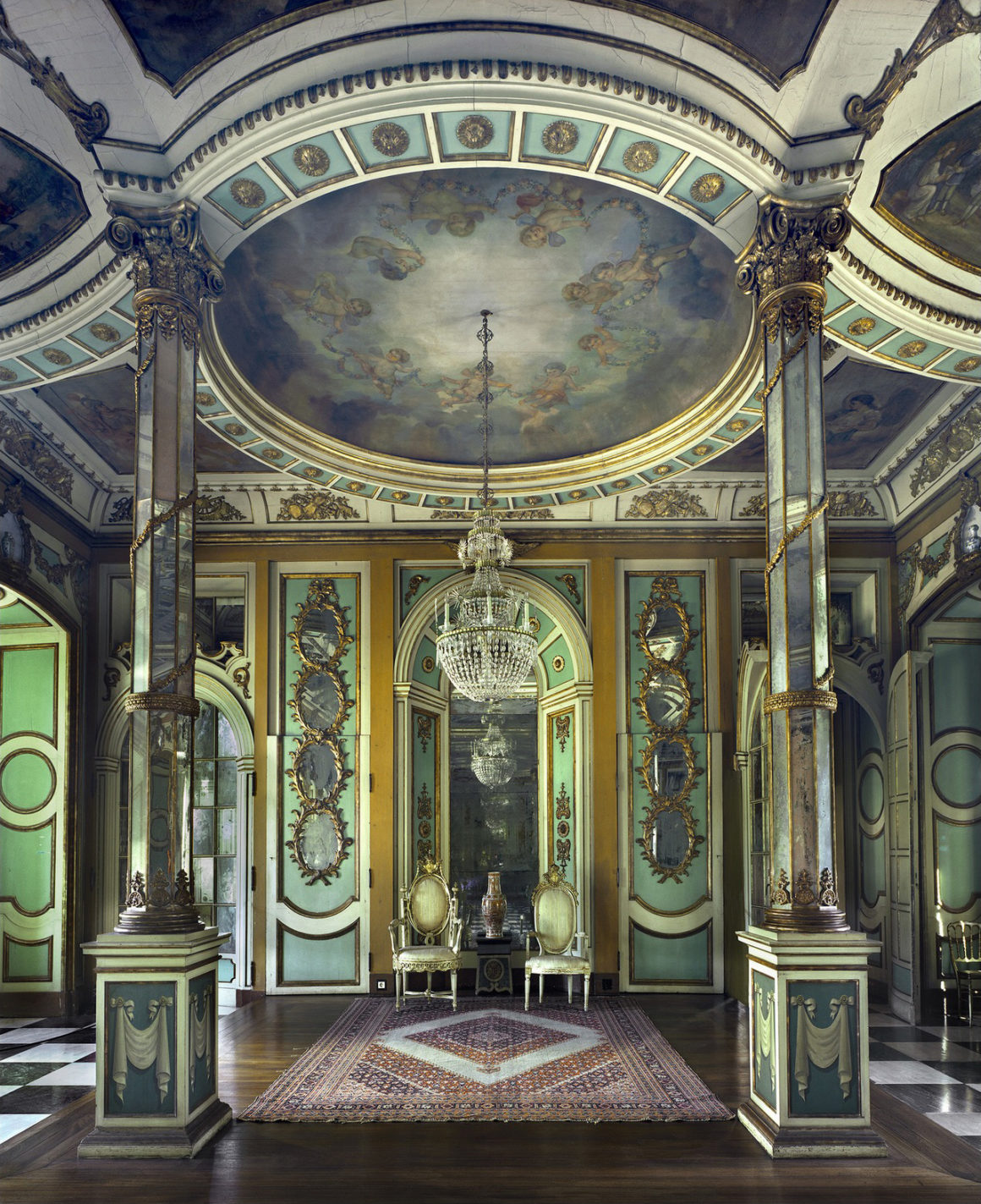
“Eastman’s contemporary photographs are in the tradition of Atget’s preservation of Paris, Walker-Evans documentation of the American South, and Berenice Abbott’s “Changing Times of New York” project. The images activate an explorative quest that the viewer can enter to understand the history of the human experience of the past.”
“Michael Eastman’s grand photographs appeal to a myriad of collectors for many reasons. Most importantly, they resonate with the uniqueness that our collective lives have made on transforming both the places we live and interact in as well as the furniture and personal effects that are products of our civilization. The photographs, steeped in nostalgia and a time gone by, are remnants and evidence of the continuity of our collective lives.”
Check out WebUrbanist’s 2010 interview with Eastman on his striking series, “Vanishing America.”
